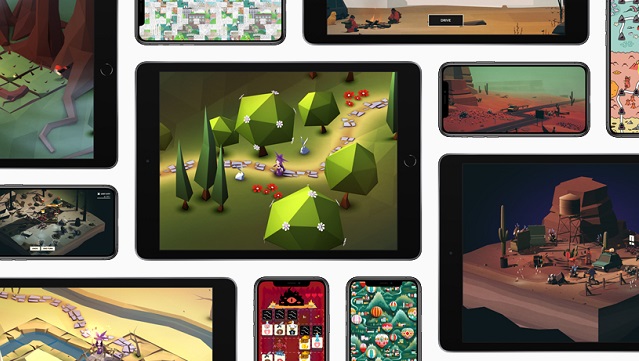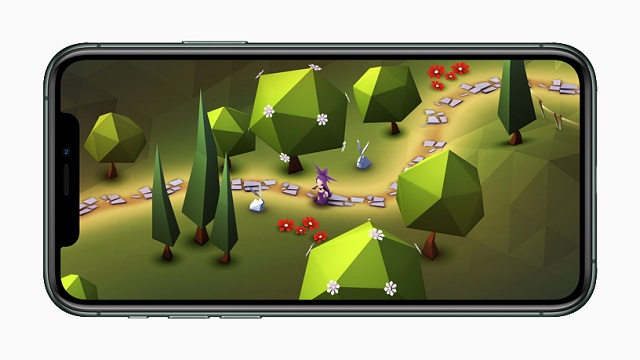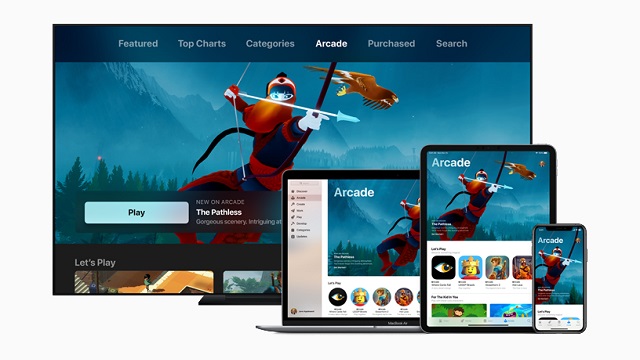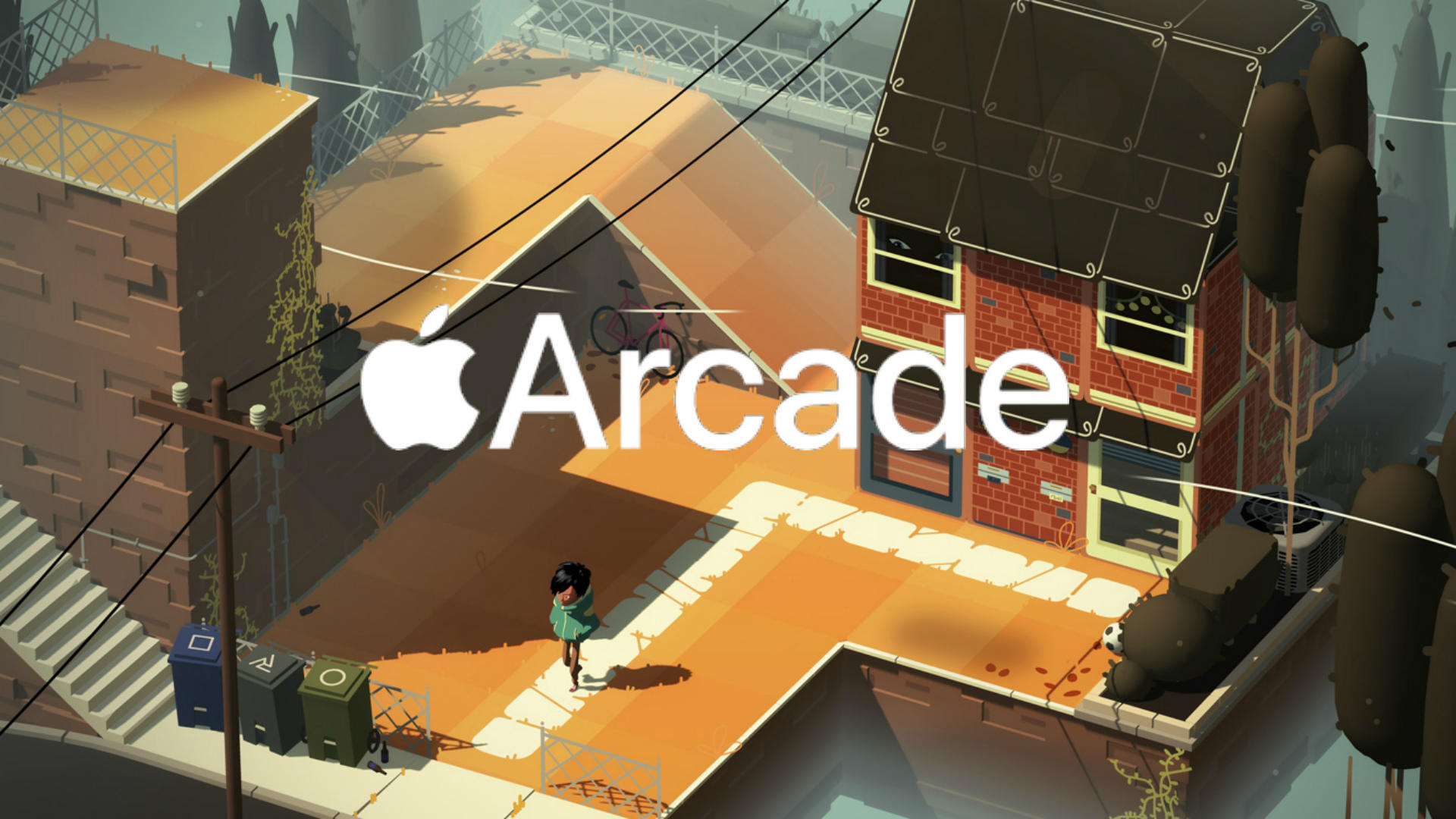Like me, my seven-year-old son loves video games. He plays all genres on all platforms, but one platform has stuck out as a massive headache for so long: mobile.
His iPad is littered with ugly ATM machines masquerading as video games, and when they aren’t asking him to watch an ad to multiply his in-game payout, they’re teasing him with VIP memberships for “only $7.99 per week.”
Only …
Simply put, I’ve long seen mobile gaming as a cesspool of awful cash-ins, with most exceptions being console ports and daring stuff like Florence. These have been the exception — until now.
 Image credit: Apple
Image credit: Apple
Just days after launch, Apple Arcade has already transformed the App Store into a legitimate contender for gaming timeshare.
I know some would say Apple has been there for a long time. People love their Clash of Clans, Words with Friends, and Draw Together, all past or present staples of the App Store. But the overwhelming majority of games that live in the App Store are apparently sociological studies meant to exploit human behavior and turn would-be-fun into drone-like mental programming.
We log in, we perform dailies, we buy some currency, and we exit ’til the next day. Then we do it all over again. If performing these chores was ever fun, I can’t remember when. More often it’s compulsory.
But because Apple Arcade is subscription-based, it has the latitude to reject these and other examples of mobile gaming’s most predatory design mechanics. In fact, Apple has mandated that there be no microtransactions in any Apple Arcade game. The most obvious problem Apple Arcade addresses is mobile gaming’s ad economy as it delivers unto players a new frontier of ad-free entertainment.
 Image credit: Apple
Image credit: Apple
In recent years, mobile developers have brashly offered “ad-free” versions of their games only to continue to offer optional ads that multiply winnings or give speed-altering boosts, for example. Though these practices once led me to believe mobile gaming was past salvation, I was wrong. Apple Arcade revives the platform from its darkest depths.
Premium mobile games have eschewed ads for some time. That’s true. But many of those are priced in a way that puts them out of reach — or out of consideration — for many players.
This new revolution means mobile games now have second-life through a system that respects players and their wallets.
Without relying on ads, in-game challenges aren’t made obtuse for a buck, like they so often are otherwise. Once hardly more than click farms designed to keep you paying in increments you’re comfortable with, now the platform can breathe and even experiment.
 Image credit: Apple
Image credit: Apple
Reminiscent of what Netflix has done with its original productions and what Microsoft has done with Game Pass, Apple Arcade’s chief inspiration is most likely found within its own walls: iTunes.
When Steve Jobs posited that people would rather pay a fair fee for what they want rather than digging through virus-laden files on Napster and Kazaa, he was right. Apple revolutionized the digital music marketplace as a result.
Although Apple is in some ways late to digital gaming, this move feels just as important as iTunes did in 2001. Here, consumers pay a fair fee to access a launch library of 70+ games, none of which will gate them to make extra money.
To make matters even more exciting, the subscription service already has some standout titles on Day One, like the dreampoppy Sayonara Wild Hearts, a reinvented Oceanhorn 2, and Finji’s latest, Overland.
Where you can most prominently see Apple Arcade’s immediate impact is in a familiar series: Frogger. Included in the subscription, Frogger in Toy Town reinvents the franchise by combining the classic elements of navigating dangerously busy worlds with new physics-based puzzles and platforming.
After Crossy Road stole the Frogger foundation and buried it under invasive ads and predatory principles that made it one of the App Store’s most successful blemishes, Frogger proper has returned with a new look. It is the best and most interesting it’s ever been.
That kind of success story will persist with Apple Arcade, I’m sure of it. Why? Because it couldn’t exist without it. The curation is overdue, the games are fantastic, and for the first time ever, mobile-exclusives feel worthwhile more than once or twice a season.
I feel much more comfortable giving my son some screen time on his iPad knowing he’s playing games that are more artful and more honest by way of Apple Arcade.
Now Apple Arcade has dozens of games piquing my curiosity, and though I ultimately can’t expect to enjoy them all, the allure of exploring its library without ever seeing an ad or a piece of digital currency or a timer I can speed up for “just $2.99″ is too much to pass up.
This is the kind of revolution mobile gaming has so desperately needed.







Published: Sep 24, 2019 01:30 am